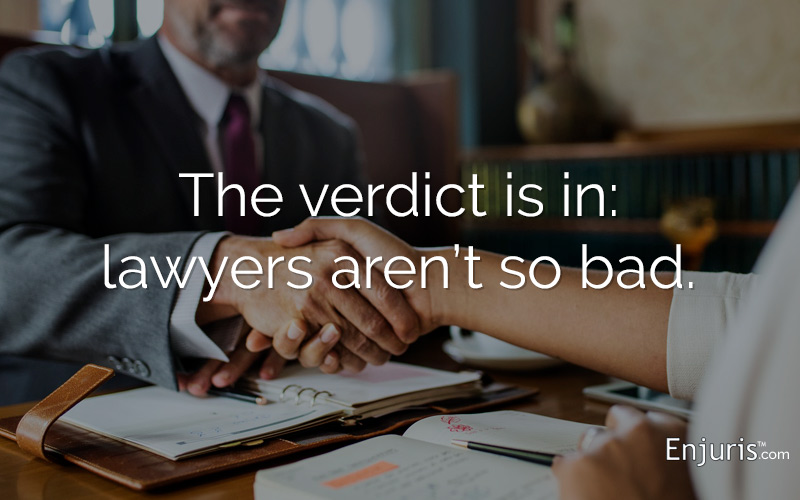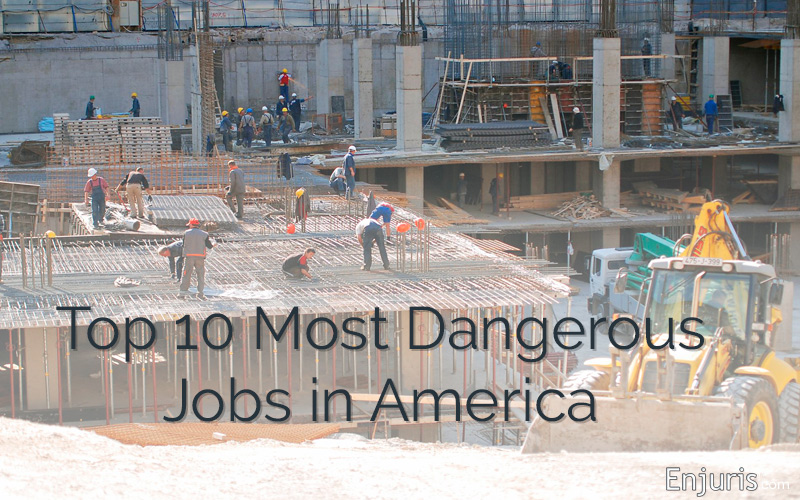When construction mistakes turn into disasters
Construction workers put on a uniform and go to war every single day.
You might not think a construction zone is a battleground, but despite safety improvements and laws enacted to protect workers, construction is still considered one of the most dangerous professions in America.
Recent statistics from the U.S. Bureau of Labor Statistics illustrate that as of 2015 there were approximately 2.9 million nonfatal workplace injuries and illnesses in the private industry. This continues the pattern of decline that – apart from 2012 – has been observed for the last 13 years. Employers in the private industry reported almost 48,000 fewer nonfatal injury and illness cases in 2015 compared to the previous year.
Despite these improvements, construction accident litigation continues to be filed on a regular basis. Many of these employees are injured so badly that they must leave the workforce entirely, depending on whatever settlement they get from workers' compensation or a personal injury claim to last them for the rest of their lives.
Types of injuries and claims after construction accidents
Cases for construction accidents can fall anywhere on the legal spectrum – sometimes it takes nothing more than tripping over someone's toolbox, but it can be as catastrophic as a spiral spinal fracture from falling off a scaffold or a crane falling onto a group of workers.
Here are just a small number of injuries that have been the subject of construction accident cases:
- Tunnel accidents
- Electrocution
- Highway construction accidents
- Wrongful death
- Drowning
- Motor vehicle accident
- Big equipment accident
- Safety code violation
- Shoring accident
- Explosion
- Machinery accidents
- Scaffolding failures
- Trip and falls
- Lifting accidents
- Welding accidents
The Occupational Health and Safety Administration (discussed in more detail below) noted that more than half of workers' deaths in the private sector were caused by the "Fatal Four", which are the most common types of injuries: falls, electrocution, struck by objects, and caught in/between. If these four types of injuries were eliminated, 545 lives would be saved every year.
Typically, the first and only step for construction accident cases is a workers' compensation claim.
Workers' compensation claim: As these cases happen on the job – at construction sites – they are normally funneled through the workers' compensation system. To receive these benefits, the employee needs to prove that an injury occurred on company time; the surrounding circumstances are generally immaterial. If he or she proves that, benefits will be received. This doesn't make up for lost wages or future lost income, however, and some workers are limited by law only to receive these benefits.
Wrongful death: If the worst happens – if an employee dies while working in a construction accident – his or her family can bring this type of suit on that person's behalf.
Personal injury cases: These are traditional negligence claims brought outside of the workers' compensation system. Employees need to prove that their injury was caused by a negligent third party, which in these cases is generally a subcontractor or vendor of some sort. This could be for a motor vehicle case on the job that caused an injury or a negligent worker who hurt them.
Product liability: If a tool or other utility causes an employee to become injured, that employee can sue the manufacturer. Furthermore, he or she can sue any party in the chain of distribution – the manufacturer, the wholesaler and even the retailer.
Who can be held liable?
Third parties outside of the workers' compensation system, like contractors or subcontractors, are prime suspects when it comes to construction accidents. However, these days many contractors are managerial companies that hand things off to subcontractors, who hand things off to sub-subcontractors. Everyone from the construction manager down to the equipment supplier is involved in the project and shares some degree of liability – but how much?
Handing over a project's control also hands over a level of legal ownership over a project as well. If a landowner gives the keys to an independent contractor and essentially relinquishes control to him, the landowner would not be the one in control of the car when it careens over the cliff.
As such, a contractor, subcontractor, prime contractor, designer, engineer, equipment supplier, landowner and manufacturers would all have differing levels of liability depending on both their involvement in the product (for example, did they simply supply some parts on a one-time basis, or do they have day-to-day input and purchasing authorization?) and their control over the property itself. Each case would need to be examined on a case-by-case basis to determine who was liable and to what degree.
If a subcontractor or other independent contractor is hurt on the job, courts would look at their contract with the general contractor and their degree of control over the job site.
Additionally, they would examine whether any laws or regulations had been violated; this is called "negligence per se." If a law had been violated, it wouldn't matter what the circumstances surrounding the case were – like a workers' compensation claim, the facts are immaterial. All that matters is that a law was broken.
OSHA and other workplace safety efforts in the construction industry
The Occupational Health and Safety Administration was created by the OSH Act of 1970. Its mission: to provide a safe working environment for all employees and to offer training, resources and education. The construction industry had been trying for many years to bolster its training regimens, but OSHA overhauled it completely, even with its tiny staff and budget.
OSHA has construction, general industry, maritime and agriculture standards that are intended to protect workers from a wide range of known construction hazards. These include fall protection; preventing trench cave-ins; avoiding exposure to known chemicals and toxins; placing guards or other safety devices on blades and exposed pieces of machinery; and most importantly, providing these instructions in more than one language for the diverse American workforce.
Employers in these industries must abide by the General Employer Clause, which states that employers must keep their workplaces free of known hazards.
If a specific standard doesn't apply to a workplace situation, this is what OSHA will cite – in other words, "I don't know what you're doing, pal, but you're doing somethin' wrong!"
Just because OSHA exists to protect the workforce, don't assume that they are immediately on the worker's side if something goes wrong on a jobsite. OSHA exists to determine whether a violation of standards occurred and to charge employers with violations; they aren't empowered to bring or investigate third-party claims, even if they wanted to. They cannot represent a worker against an employer or do anything but advise a worker of his or her possible options and provide that person with educational materials.
The best way to protect your rights in the event of a workplace incident is to retain a knowledgeable construction accident attorney. They are well versed in these sorts of occurrences and will know exactly how to untangle the various threads of what happened. If you're not sure where to start, check out the Enjuris law firm directory!
More reading on construction accidents and your legal case
- 5 Steps to Take After a Construction Accident
- A Worker’s Guide to Scaffolding Accidents & Injuries
- Construction Accidents and Injuries
- Crane Accidents in the Workplace
- Dangerous Construction Equipment & Machinery
- Guide to Asbestos Exposure in the Construction Industry
- How to Find the Best Construction Accident Attorney Near You
- How to Prevent Accidents & Injuries on a Construction Site
What does an injury lawyer do?
A personal injury lawyer helps individuals who have sustained injuries in accidents to recover financial compensation. These funds are often needed to pay for medical treatment, make up for lost wages and provide compensation for injuries suffered. Sometimes a case that seems simple at first may become more complicated. In these cases, consider hiring an experienced personal injury lawyer. Read more





